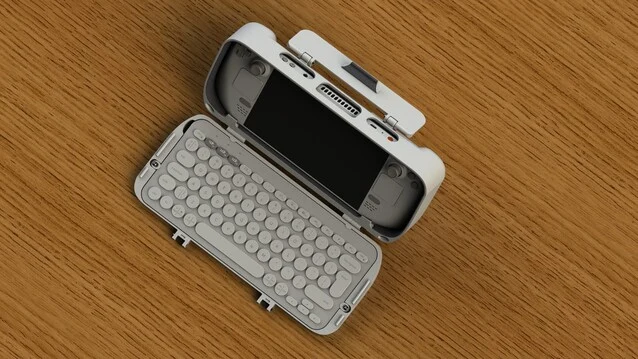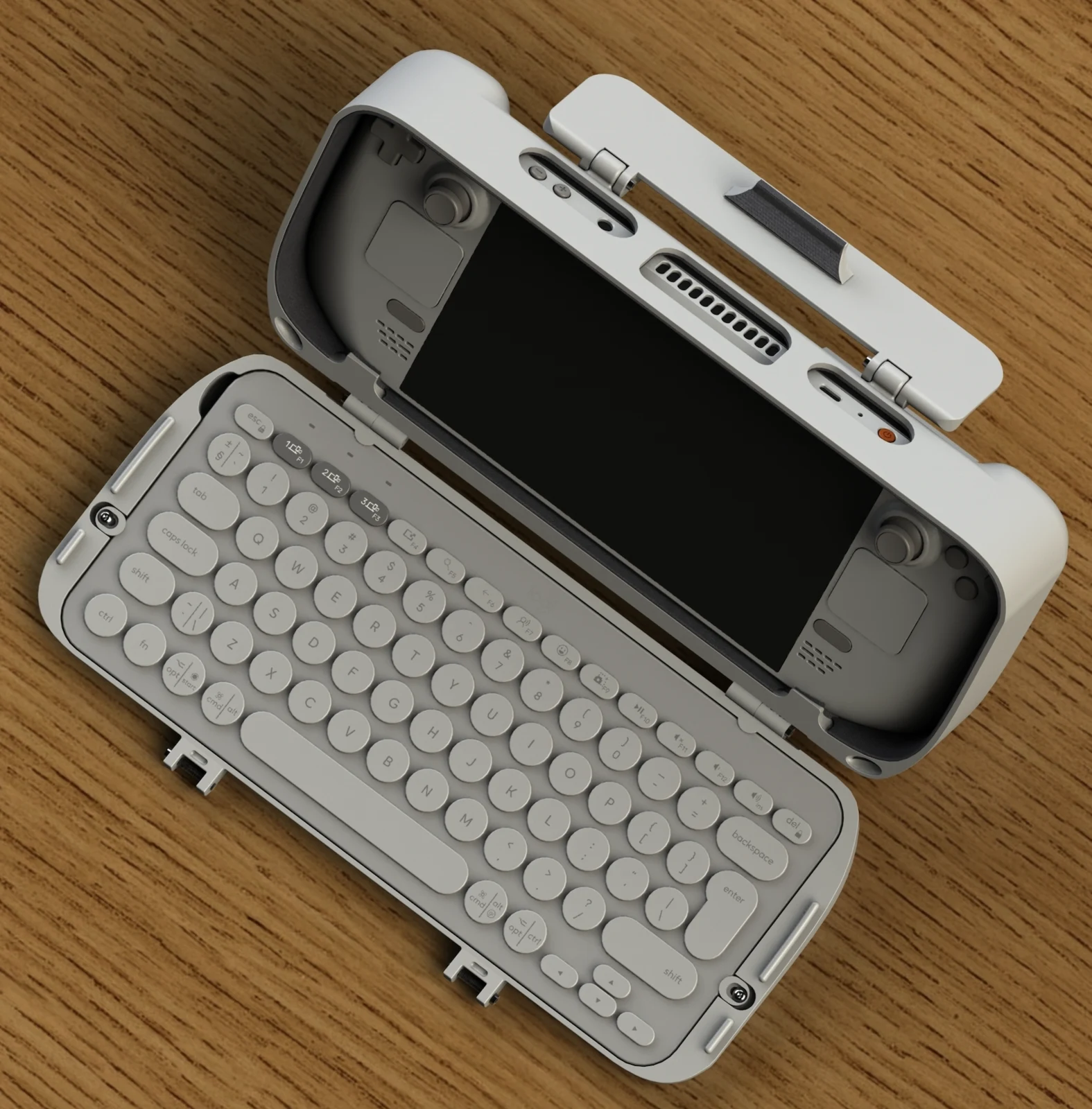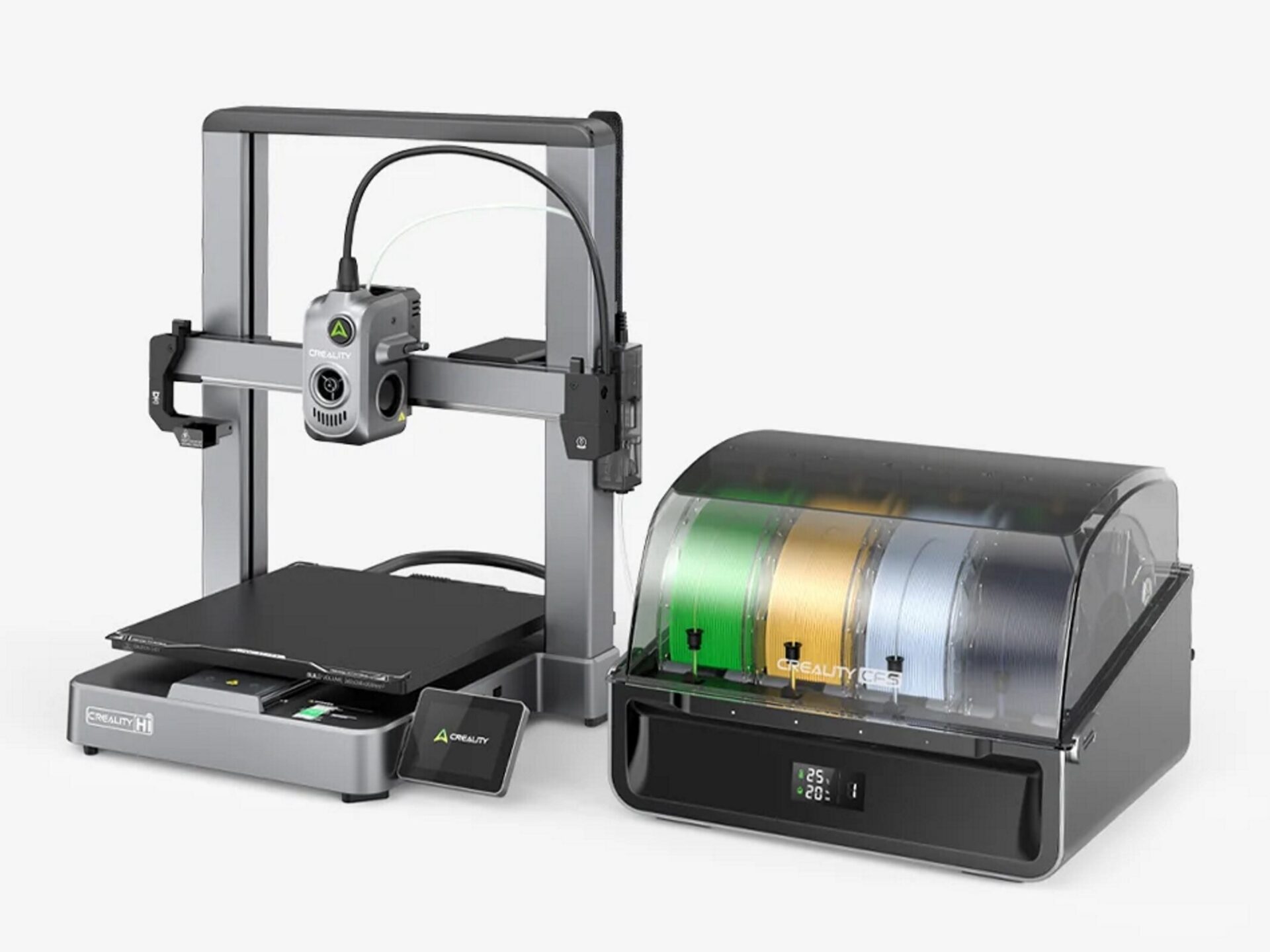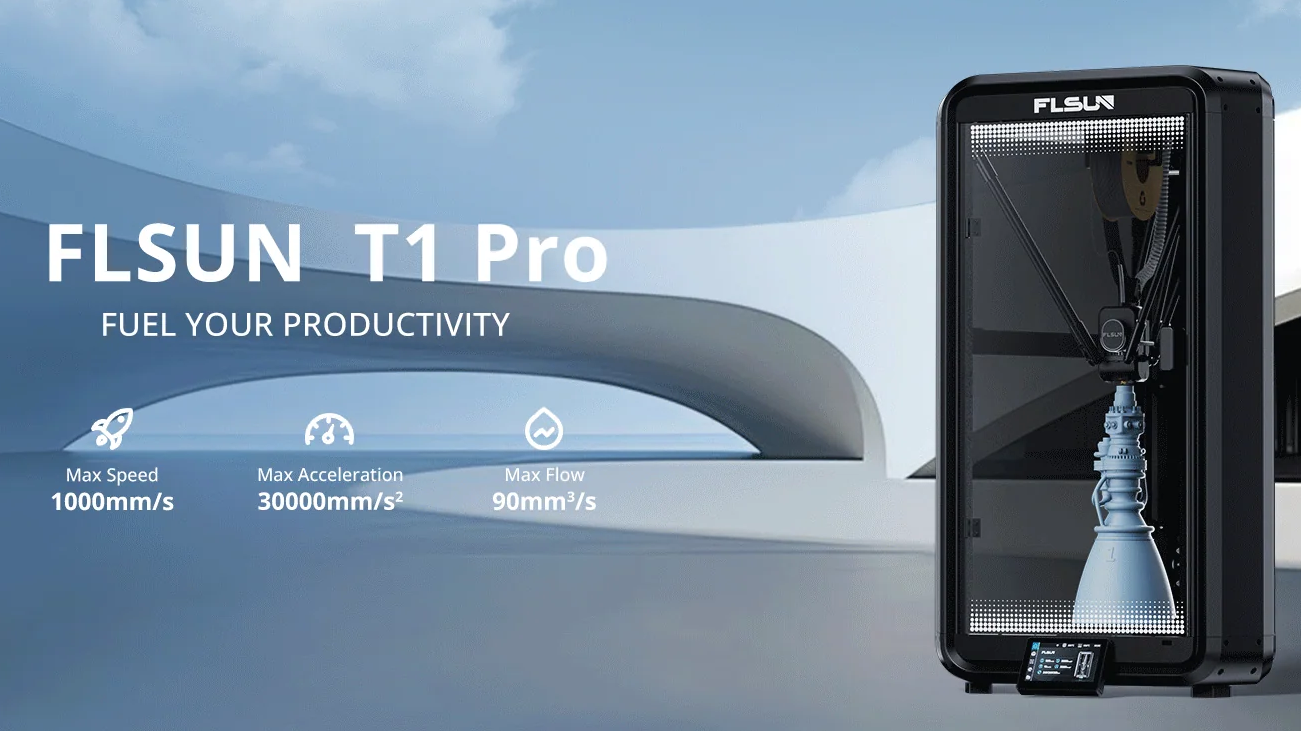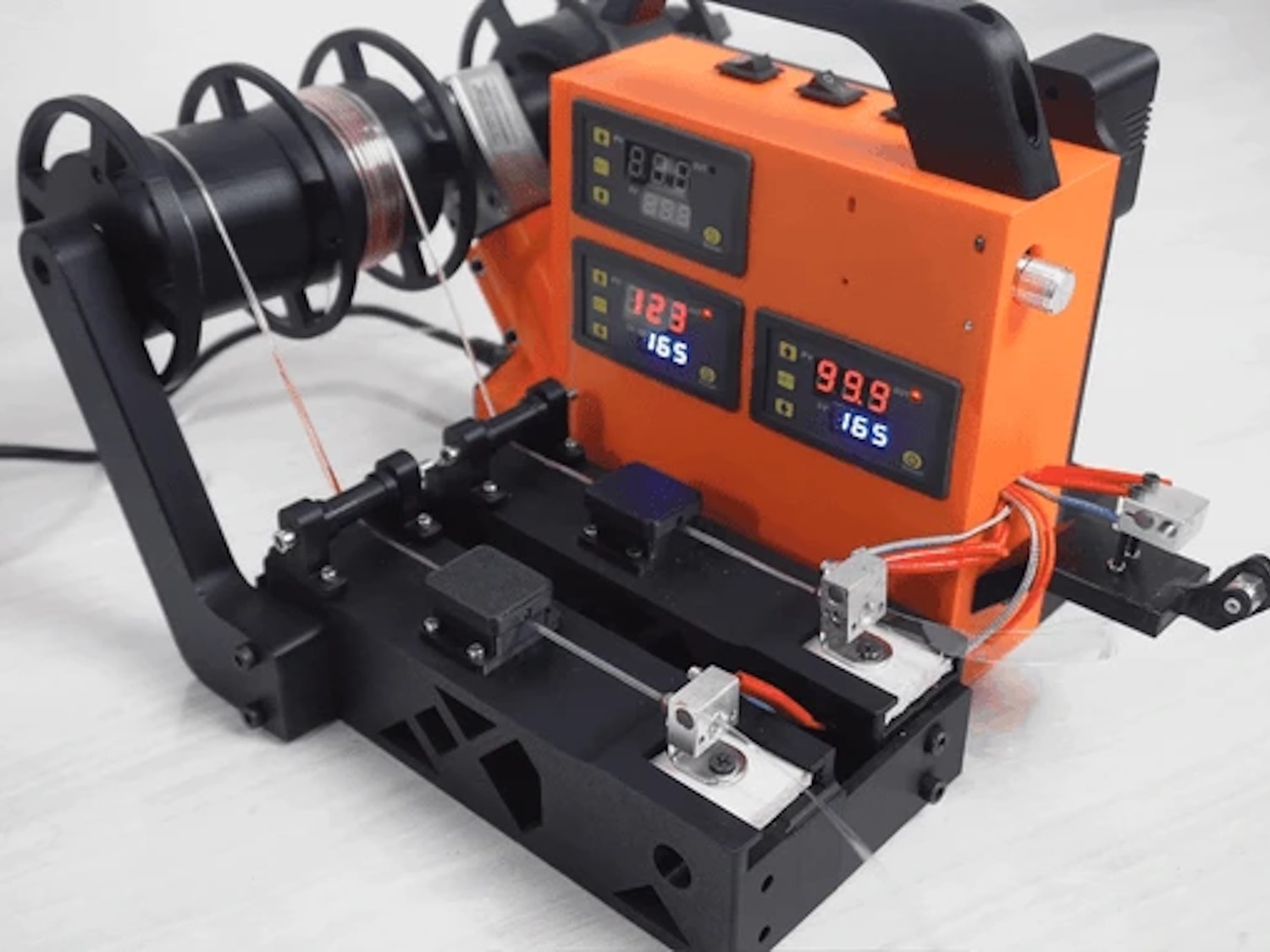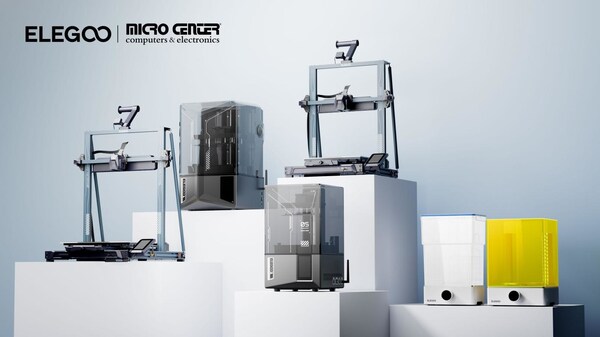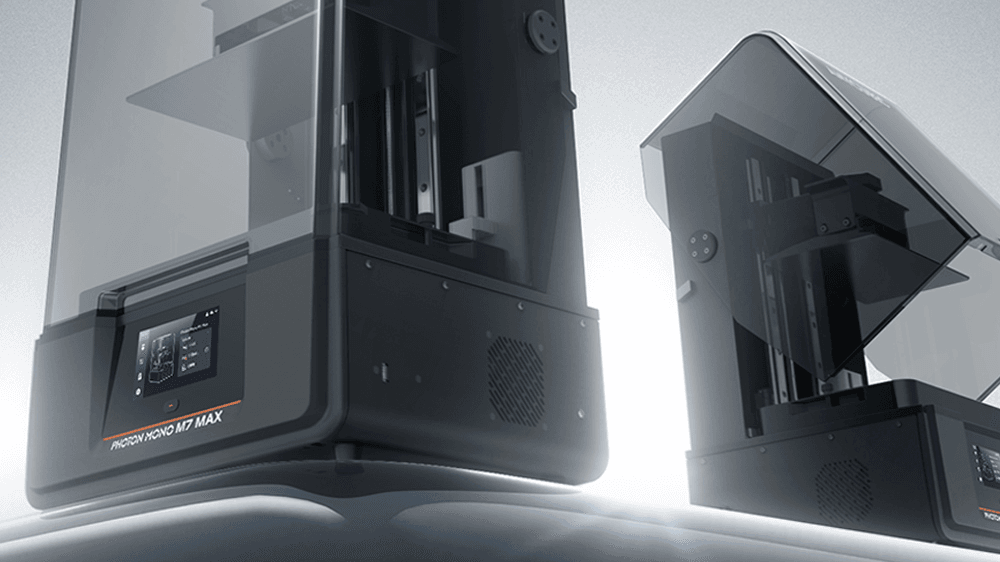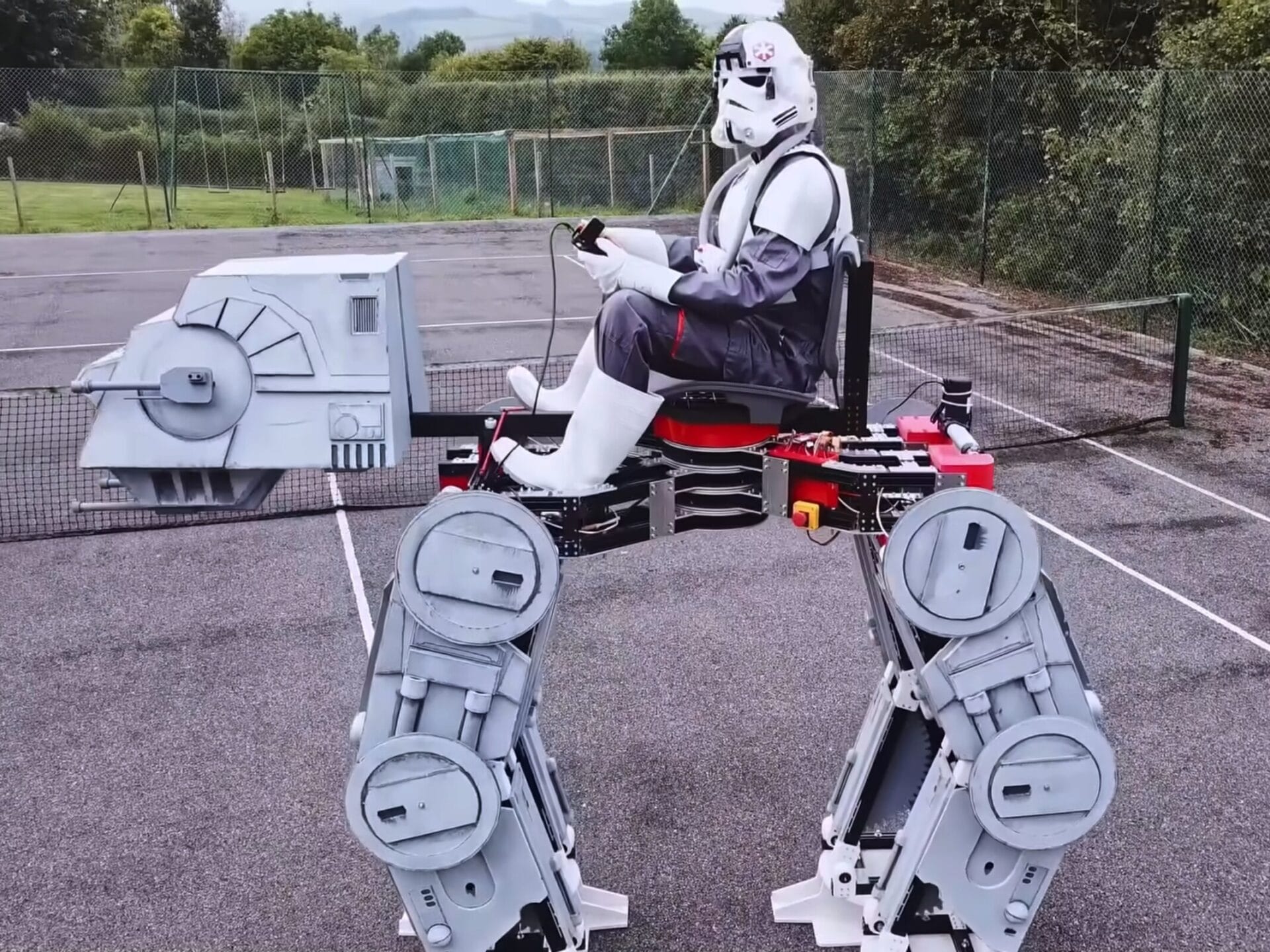Most handheld devices aren’t designed for productivity. The Legion Go, which features detachable controllers, could potentially serve as a makeshift workstation, but that’s the charm of PCs. Users often discover applications that the creators never envisioned.
Productivity Limitations of the Steam Deck
The Steam Deck isn’t the best choice for heavy work tasks. If you find yourself bringing along a separate keyboard and mouse, you might as well just take a laptop instead. There’s no kickstand, and trying to manage a 10,000-line spreadsheet isn’t exactly enjoyable, especially on the Deck’s modest 800p display. However, the community hasn’t let that stop them. The Deck can definitely handle a few emails and offers much more once you dive into the extensive library of Free and Open Source Software (FOSS) that’s accessible on Linux.
A Handy 3D-Printed Solution
If you’re not keen on lugging around multiple gadgets, you can use Natter_LT to 3D print your own Steam Deck “Play&Work” case for just $9.25.
This case has some strong Steam Punk aesthetics, which only adds to its appeal. It includes several clever features, like the ability to easily insert a standard Logitech Pebble Keys 2 K380s (you can find this on Amazon) and detach it. It also has cutouts for all necessary ports and buttons, a handle for transport, and a built-in kickstand that opens up for air circulation around the Steam Deck’s vents. When it’s closed, the entire product is quite similar in size to the case that Valve provides.
Great Value for 3D Printing Enthusiasts
If you have access to a 3D printer with a minimum bed size of 300mm squared, spending $9.25 on the CAD files seems like an excellent deal for crafting the ultimate portable gaming and mobile office solution. If only we could create something similar for those who don’t own a Steam Deck.
Source:
Link
